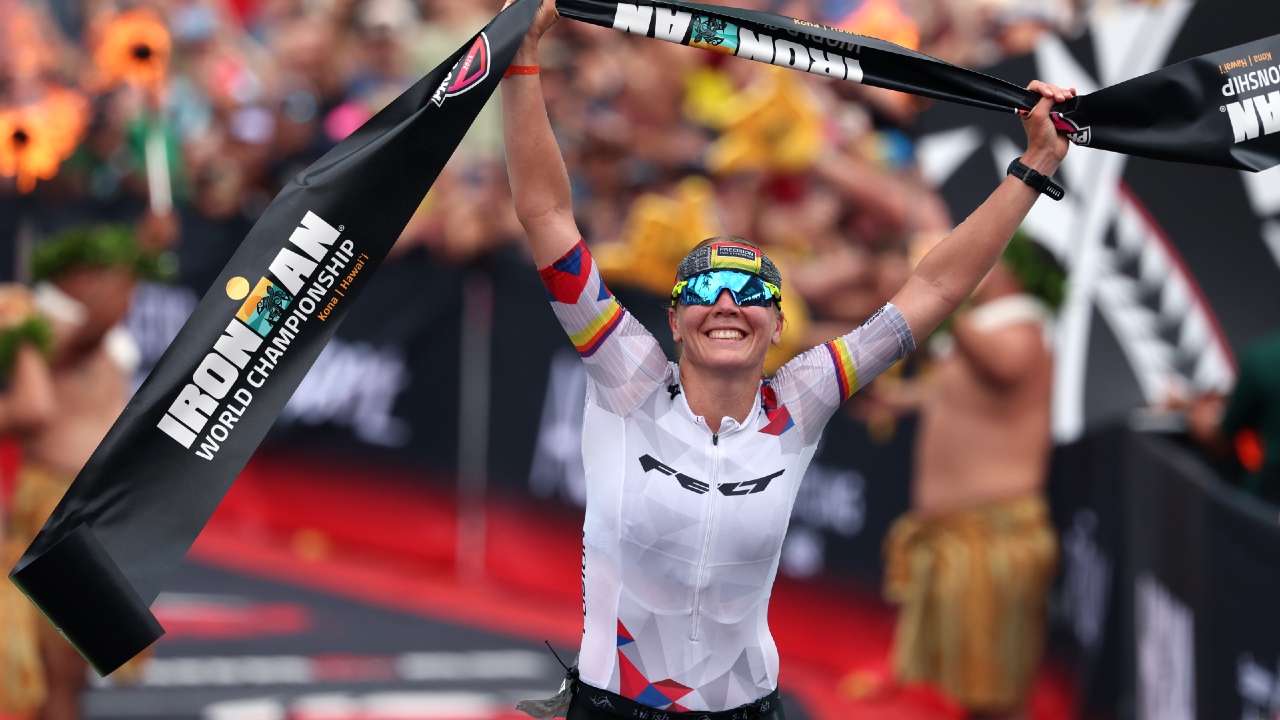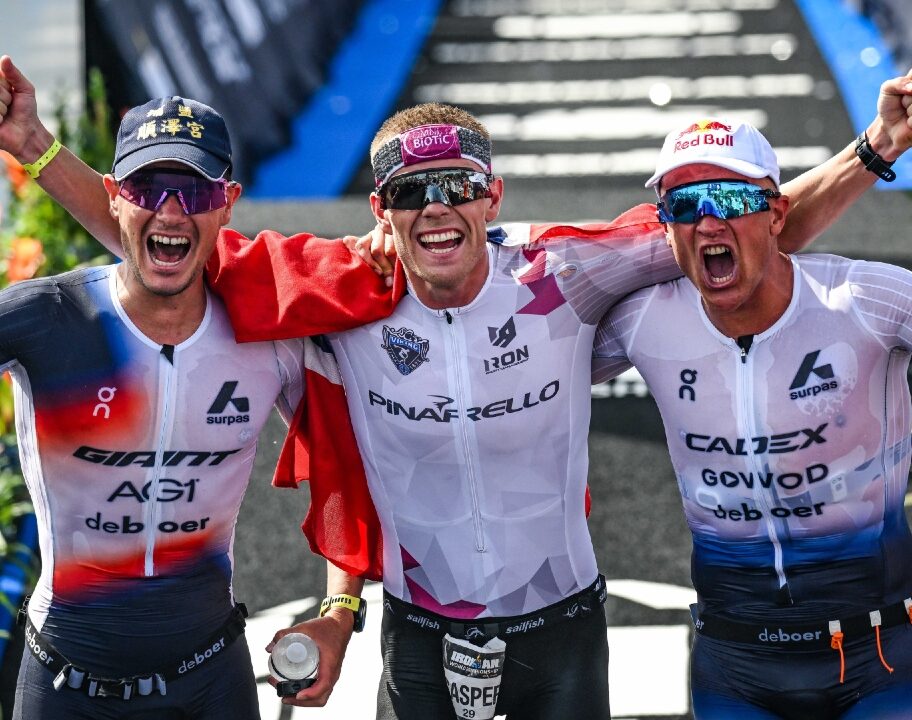If you’ve been inspired by the para triathlon action at the Paris 2024 Paralympic Games, you might be wondering how you can get involved with triathlon yourself. Whether you’re a budding Paralympian, interested in learning about some of the pathways to elite para triathlon. Or an amateur interested in participating in races for fun. We take a look at how you can start your journey towards becoming a para triathlete.
What is para triathlon?
Para triathlon is a variant of triathlon (swim/bike/run) for athletes with disabilities. At the elite level – such as at the Paralympics – athletes will have been formally classified into categories based on the impact of the impairment. John Levison has put together an in-depth guide on the para triathlon sport classes that make up the 11 events at the Paris 2024 Paralympics across the standing/ambulant, visually impaired and wheelchair categories.

At an elite level, para triathlon always takes place over the sprint triathlon distance – comprised of a 750m swim, a 20km bike and a 5km run. However at an amateur level, where participants do not have to have gone through the formal World Triathlon classification process in order to take part, there are opportunities to race at a wide variety of triathlon distances – from super sprint all the way up to Ironman.
Talent ID and elite pathways – the road to becoming a professional para triathlete
For those looking to pursue para triathlon at an elite level, the journey will typically start with a Talent ID programme. Both British Triathlon and USAT offer Talent ID days/camps aimed at discovering para athletes who show the potential to compete at an elite level. The process varies depending on the national federation, but typically you would attend a training day or a training camp and complete a number of sessions with guidance from coaches. Those showing the level of performance and potential to compete at the top level will then have the opportunity to progress onto a performance pathway with coaching, mentoring and support.

While a classification is not generally required to attend at Talent ID day, to progress on the elite pathway and compete on a national and international level, athletes must go subsequently gain a classification.
Participating in amateur triathlon events as a para triathlete
For those who don’t have a Paralympic medal in their sights, there are still plenty of opportunities to get involved with the sport of triathlon at an amateur level. You don’t need a classification to participate, and while there is always still more work that needs to be done, race organisers are becoming increasingly more focused on ensuring they make their events as accessible as possible.
British Triathlon’s ‘swim bike run’ initiative offers fun, casual and beginner-friendly events – the majority of which are accessible. The national federation also has a Paratri Super Series with dedicated racing opportunities through the year for paratriathletes to compete against one another. Classification isn’t required to participate – though only athletes with a classification are eligible to accumulate points over the course of the series.
In the UK, there is also the Superhero Series – a disability sport series focused on mass participation events where people with disabilities can take part without any restrictions around cut off times or equipment use. Part of this series is the Superhero Tri which takes place at Dorney Lake, Windsor. There are three distances on offer and participants can compete solo, as a relay team, and have someone on hand to help them in transition or accompany them on the course.
Similarly, USAT offer adaptive categories which allow athletes to participate in amateur events without the requirement to hold a classification.
Major events organisers such as IRONMAN and Challenge Family also make provisions to ensure athletes with disabilities can participate, and again – a classification is not required to take part. The protocol can vary from race to race, so the usual advice is to contact each individual race organiser ahead of entry to ensure the appropriate provisions are made.
Equipment for participating in para triathlon
Para triathlon can involve a range of specialist equipment. Athletes with visual impairments will typically ride a tandem bike with a pilot guide. Those with limb impairments often use adapted bicycles and carefully designed prosthetics, including running blades. And for those competing in the wheelchair category, they’ll race using a handcycle and a racing chair – similar to that you’ll see athletes using on the track at the Paralympic games.
This equipment can be pretty costly, but there are initiatives out there to help reduce barriers into the sport. This includes the Challenged Athletes Foundation and IRONMAN’s recently launched Race For Change™ scholarships.











